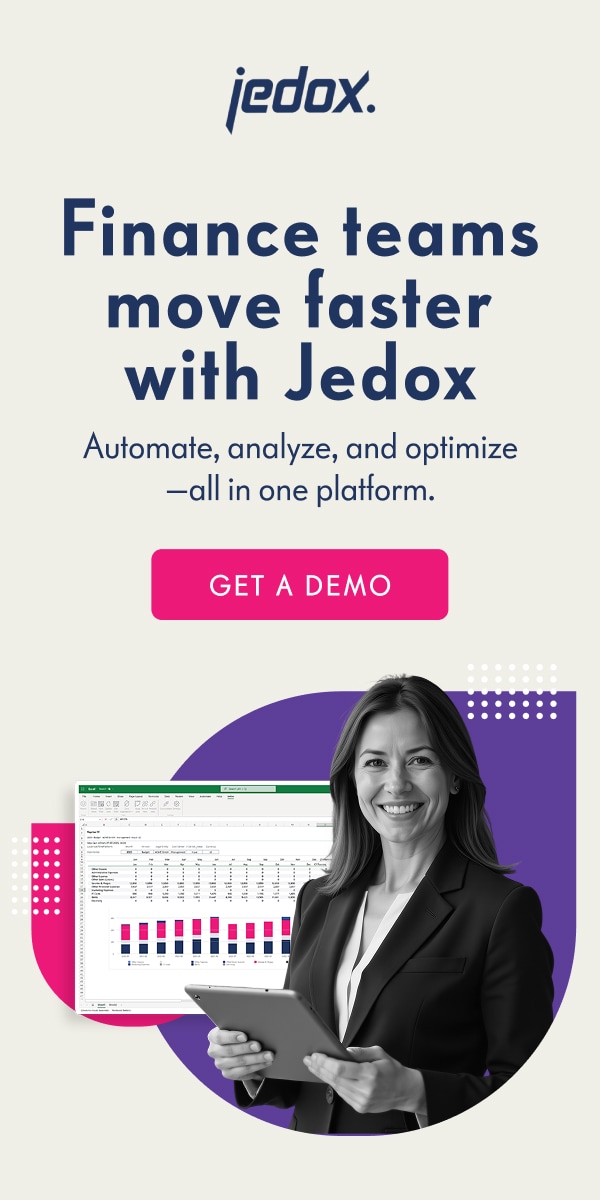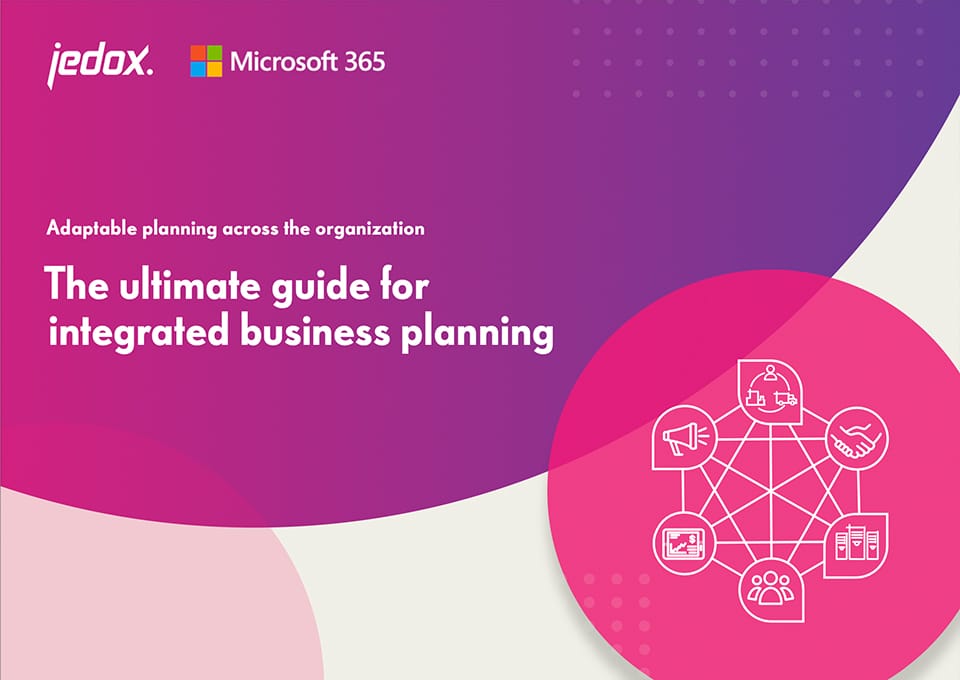
Reporting and analysis: Why understanding the difference drives better decisions
You’re staring at a report packed with numbers, but the real question remains—what does it all mean, and what should you do next?
Reporting and analysis are often mentioned in the same breath, yet they serve very different purposes. Reporting provides a clear snapshot of what’s already happened. Analysis digs deeper to explain why it happened, what it means, and how to respond. One informs, the other interprets. Understanding the difference—and using both effectively—is critical for organizations that want to make confident, forward-looking decisions. In this article, we unpack how reporting and analysis work together, why both matter, and how modern financial planning & analysis (FP&A) software makes it easier to turn data into action.
What are reporting and analysis?
Reporting and analysis are both integral components of corporate management and have a significant influence on the success of a company. Although they’re connected, they utilize different approaches and deliver distinct outputs.
Reporting is traditionally associated with controlling and the office of the CFO. It involves collecting, processing, and disseminating company-relevant information in the form of structured reports. These reports, created using software solutions, provide a clear and reliable view of key figures, enabling transparency and consistency across departments.
Analysis, on the other hand, focuses more on corporate objectives and performance improvement. It examines data more deeply, interpreting what has been reported in order to uncover underlying trends, issues, or opportunities. While reporting tells what happened, analysis asks why it happened and what should happen next.
How reporting and analysis differ
To understand their unique value, it’s helpful to look at how reporting and analysis differ across a few key dimensions:
| Aspect | Reporting | Analysis |
|---|---|---|
| Purpose | Presents historical data in a structured, consistent format | Interprets data to generate insights and support decision-making |
| Users | Executives, department managers, Finance teams | Data analysts, strategists, business planners, executives |
| Tools | Dashboards, spreadsheets, reporting software | Analytics platforms, forecasting models, data visualizations |
| Output | Summarized metrics describing the past | Insights, forecasts, and recommended actions |
| Time orientation | Primarily backward-looking | Present- and future-focused |
| Method | Push – information is distributed regularly | Pull – data is explored and queried as needed |
While reporting provides clarity and consistency, analysis delivers context and actionable understanding.
Why reporting and analysis are critical
Organizations rely on different data sets for different departments—from financial metrics and sales numbers to HR data and product performance. Reporting has long served as the backbone of performance tracking, enabling companies to measure operational success and benchmark key activities.
The rise of key performance indicators (KPIs) and dashboards has further streamlined the ability to monitor performance at a glance. However, it’s analysis that adds interpretive value. It brings depth to the surface-level facts provided by reports. A standard report might show declining sales, but only analysis can determine whether the drop is seasonal, due to customer churn, or a result of pricing missteps.
In this way, analysis transforms data from a static record into a dynamic decision-making tool.
From automation to insight
Most reporting activities consist of repetitive processes: data collection, formatting, consolidation, and distribution. These tasks are ideal candidates for automation, reducing time spent and improving reliability. Analysis, by contrast, is a more individualized and contextual activity. It often requires a nuanced understanding of business goals and domain expertise. As companies increasingly seek to gain competitive advantage through data, the demand for skilled analysts who can extract strategic value from reports continues to grow.
The push and pull dynamic
The relationship between reporting and analysis can also be viewed through the lens of delivery: reporting operates as a push mechanism, where information is regularly distributed to users in a fixed format. The goal is standardization, consistency, and ease of access.
Analysis, in contrast, functions as a pull process. Here, users dive into available data, seeking answers to specific business questions. The output is rarely standardized. It might come in the form of ad hoc investigations, executive summaries, or even forecasts.
The role of artificial intelligence (AI) and machine learning (ML) in analysis is also growing, with algorithms capable of uncovering patterns humans might miss.
Self-service reporting and analysis
Modern self-service solutions have revolutionized how businesses approach both reporting and analysis. Today, data can be accessed, visualized, and explored by business users without IT intervention. This shift has empowered Finance teams and business leaders to work with greater independence and agility.
With a unified platform like Jedox, departments can define and design their own dashboards and reports. Controllers are no longer bogged down with manual report preparation and can instead focus on strategic insight and planning. Clean, intuitive dashboards and trustworthy data sources mean that decisions are made with more confidence, speed, and clarity. A well-implemented self-service system relieves the burden on
ffering a centralized data model, improving communication across teams, increasing reliability, and significantly reducing analysis cycles.
The evolution of modern reporting and analysis
The world of business intelligence (BI) is moving quickly, shaped by new demands and technological progress. One of the most significant changes has been the growing importance of access to real-time data.
Business conditions change quickly, and outdated data can lead to missed opportunities or delayed responses. Similarly, predictive and prescriptive analytics are helping organizations move beyond hindsight. Instead of just describing what happened, these methods identify what might happen and recommend what to do about it.
Interactive dashboards have largely replaced static reports. These dynamic views allow decision-makers to filter, drill down, and pivot their perspective as needed.
Jedox supports all of these expectations through a unified, scalable platform that acts as a single source of truth. From real-time reporting and forecasting to advanced scenario modeling and AI integration, Jedox empowers organizations to go beyond tracking numbers and start creating value with them.
Common challenges in financial reporting without analysis
While reporting is foundational, relying on it alone can expose organizations to significant risks and missed opportunities. Without analysis, reports become snapshots: Useful for reference but limited in strategic value.
One common challenge is the risk of missed insights. Reports can summarize the past, but without analysis, companies lack the context to understand underlying causes or emerging patterns. As a result, decision-making is often delayed, reactive, or misinformed.
Another issue is information overload. Reports tend to present large volumes of metrics, which can overwhelm users and obscure the most relevant takeaways. Without prioritization or interpretation, data becomes noise rather than guidance.
Moreover, organizations that focus only on reporting are often stuck reacting to what has already happened. They struggle to look forward, forecast accurately, or anticipate risk. This leads to inefficient resource use, time lost on low-impact tasks, and an inability to align data with long-term strategy.
A closer look: How ASME uses Jedox for better reporting and analysis
ASME previously faced challenges with scattered reporting structures and inefficient processes. After adopting Jedox, the organization was able to centralize its financial planning and analysis workflows. This unification made a tangible difference. Teams could access consistent, real-time data across departments, which improved internal alignment and decision-making.
More importantly, ASME shifted from simply collecting data to interpreting it effectively. With enhanced analysis capabilities, they were able to identify trends more quickly, conduct accurate forecasting, and deliver faster recommendations to leadership. Jedox helped transform ASME’s reporting environment from reactive to strategic.
Conclusion: Closing the loop between data and action
Reporting and analysis are not opposing forces. They’re complementary elements that, when used together, enable smarter decisions, faster reactions, and better outcomes. Reporting lays the groundwork by providing structured visibility into business performance. Analysis builds on that foundation to explain, forecast, and guide the next move.
As business environments grow more complex, the ability to shift from static reporting to agile, insight-led analysis becomes a major competitive advantage. Technology is central to this shift. It enables organizations to streamline reporting, broaden access to data, and embed predictive thinking into daily decision-making.
At Jedox, we believe that empowering businesses with seamless, self-service reporting and powerful analysis capabilities is the key to unlocking their full potential. If you’re ready to move from hindsight to foresight, we invite you to explore how Jedox can help transform your data into better decisions.
What’s the difference between reporting and analysis?
Reporting organizes and displays historical data in a consistent format. Analysis explores that data to understand trends, causes, and potential next steps.
Why is financial analysis important after reporting?
Reporting shows the numbers, but analysis explains them. It helps business leaders understand what’s driving results and how to improve outcomes.
Can businesses succeed with reporting alone?
No. While reporting is essential for awareness, without analysis, companies miss out on deeper insights, risk signals, and growth opportunities.
How does real-time reporting improve decision-making?
Access to current data allows business leaders to act quickly and with confidence, especially in fast-changing business environments.
What role does technology play in financial analysis?
Modern tools automate data integration, enable real-time modeling, and provide predictive insights—all of which elevate the impact of analysis.











